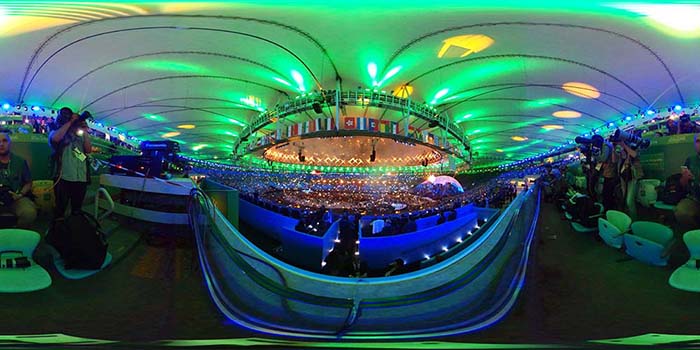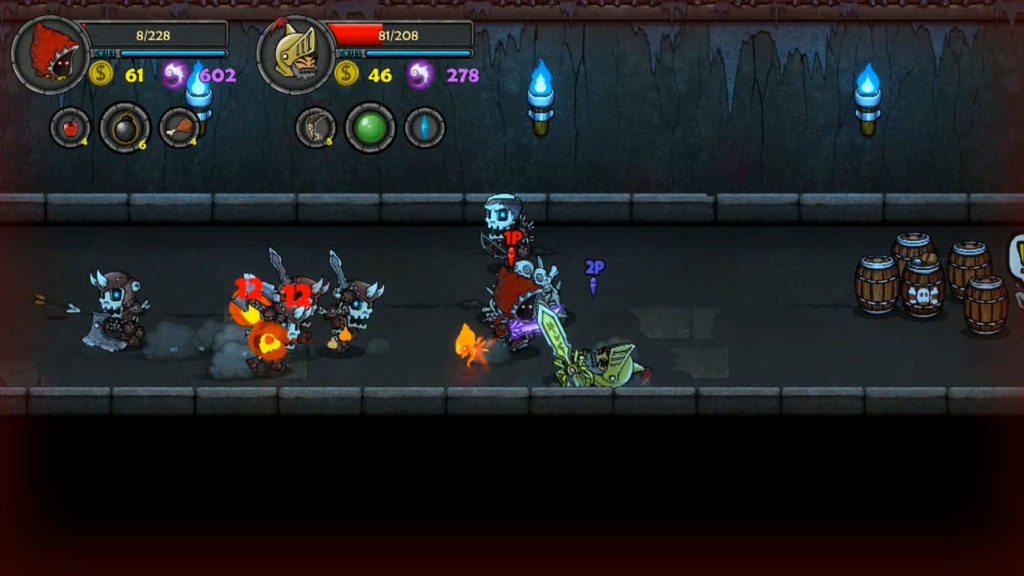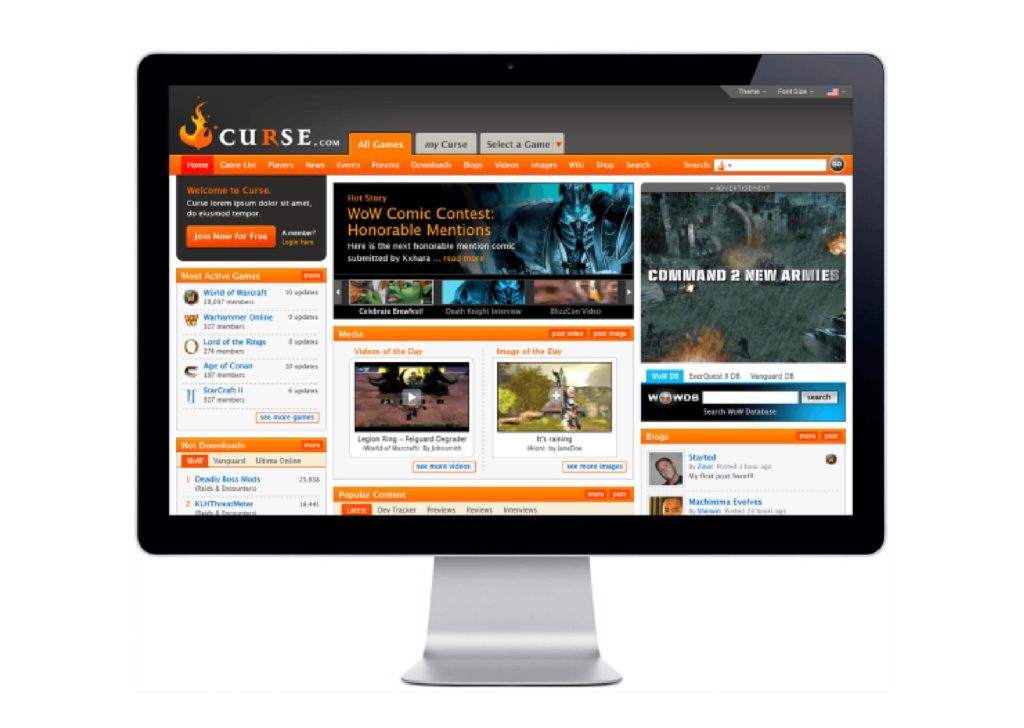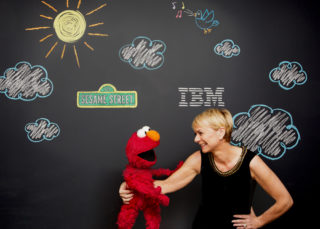Electronic Arts was a very early entry into competitive gaming, given the natural correlation between sports games and video game competitions. The company has partnered with ESPN on television programming over the past decade with Madden Nation, Madden Challenge and Madden Championship. Additionally, the FIFA Interactive World Cup has been going strong globally for years.
With Electronic Arts now firmly committed to competitive gaming at all levels of play, the company has assigned long-time game industry vet Peter Moore as executive vice president and chief competition officer. EA kicked off some competitive tournaments around UFC 2, Need for Speed, FIFA and Madden at its EA Play event at E3—and that’s just the tip of the competitive iceberg. Moore talks with [a]listdaily about EA’s strategy in eSports in this exclusive interview.
We’ve seen CS:GO and League of Legends sell out soccer stadiums and the Staples Center. What role do you see traditional sports stadiums play for what EA is doing moving forward?
The events in the arenas are important to be aspirational. Yes, we’re going to be there, but the bottom of the pyramid that is competitive gaming is the focus. We want to make stars out of all of our players, not just the people who can be at the Staples Center, or Madison Square Garden, or the SAP Center in San Jose. They’re important to aspire to, but at EA, we’re a players’ first company and we want to make sure that anyone can compete in competitive gaming, whether it’s Madden or FIFA or Battlefield and have some fun at the level I play at.
My analogy is sports itself. I was a descent soccer player as a kid, but I was never going to play for Liverpool. But I loved what I was doing at the level that I was doing it at, and it really consumed me. That’s where we think we play an important role. Yes, those events at the Staples Center or the big stadiums are incredibly important, but we believe the real focus needs to be on the entire pyramid of competitive gaming, not just that little sliver at the very top.
How is eSports impacting the way games are being developed at EA?
Our development teams are looking through a different lens. Our goal is to still provide a tremendous premium experience where you pay your $60 for your game. They’re live service games with fresh content coming in, but we look at the future here. We recognize we’ve got to put more and more competitive gaming modes in the games that allow them to be used as competitive gaming.
It’s about getting smaller maps; it’s about looking at team play in a different way; it’s about spectator view. We need to get matchmaking right with our platform. We need to make sure there’s integrity in the games, so we’re building anti-cheating mechanisms. There’s a lot of work to be done. We’re not in denial that we’ve got to do some work here, but it’s a long-term strategy for us. We truly believe in competitive gaming at EA. Our dev teams in every studio around the world love the challenge. If the genre is compatible, appropriate and relevant to competitive gaming, you bet there’s work going on right now to build modes in there.
Traditionally, eSports has been PC-focused. What opportunities do you see for the console space?
We’ve seen some successes, like our friends at Microsoft with Halo. There’s the ability for us to look at different ways to play. The challenge right now is that these games are built one-versus-one, peer-versus-peer. We’ve got to get camera angles right. We’ve got to think about how we can build four-versus-four. You can play that in both Madden and FIFA, but there’s a lot of work to be done. Nobody wants to be the goal keeper. So from that perspective, how do we build tournaments if it’s one versus one that you compete for your country? Things like the Ryder Cup, think about Grand Slams, think about points. Those things are team-based, even though they’re individual sports. We’re looking at all different types of mechanisms and actually looking at real sports to take advantage of the experiences and the things they built there and applying them to competitive gaming.
Speaking of real sports, how aware are the traditional sports leagues when it comes to what’s going on in the eSports space?
For our partners at FIFA, NFL, NHL, NBA, UFC—every single one of them has eSports as one of their top three priorities—at least to understand it, then to be able to be able to leverage it. They recognize one thing: this is a demographic that’s coming through, that’s looking at sports in a different way, and all of our partners in the licensed sports space say, ‘We’ve got to have a position here, otherwise we’re going to be an aging demographic if we don’t get in here and do something with our games.’ They’re all very supportive, all very collaborative, and all working very hard with us to make it a reality.
What opportunities do you see with Fantasy eSports?
It’s still a little controversial with regard to the utilization of money. We know outside of the US, it’s a little easier, where gambling is ‘legal.’ I’m mixed on it because you start hearing about match fixing. It becomes like real sports, where people are taking bribes to throw games. So we look at this and we look at our friends in this space—the FanDuels and DraftKings certainly here in the US—and try to figure out where there’s a relationship there. But always remember that we’re a licensee not the licensor, so we have to work in collaboration and with the approval of our league partners, and their comfort levels of fantasy and where that comes to play.
What eSports opportunities do you see in the mobile space, given the success of Vainglory, Hearthstone and Clash Royale?
Well, look at our Madden mobile franchise, which is doing incredibly well. The Ultimate Team mechanic has huge opportunities of being the kind of competitive gaming mode, where you build your ultimate team, I build my ultimate team, and we put them in the games against each other. There’s still work to do with mobile. It’s not easy to actually show it because it’s a very much a heads-down, individual solitary-type environment and team play is a challenge. But looking at the Vainglories and the Hearthstones that are doing relatively well—not yet scaling yet—but it’s certainly on our radar. I think it’s going to be an important part of our future.
What potential do you see for eSports with Titanfall 2 and Battlefield 1?
There’s great opportunity. The priority right now at both Respawn and DICE is to ship a top quality game. The other advantage you have now is live services and updates, which allows us to bring modes down the line. We have so much opportunity to build new modes into them as part of the regular cadence of delivering content. I think you’re going to see that both of these games will have long tails. They’re not annualized games. They’re games that are going to be a very important part of a gamer’s life for many, many years to come, as we’ve seen with our Battlefield franchise—where 9 million people in Q4 were still playing. Our ability to deliver competitive gaming modes over the coming months and years is right there for us, and we intend to do that.














